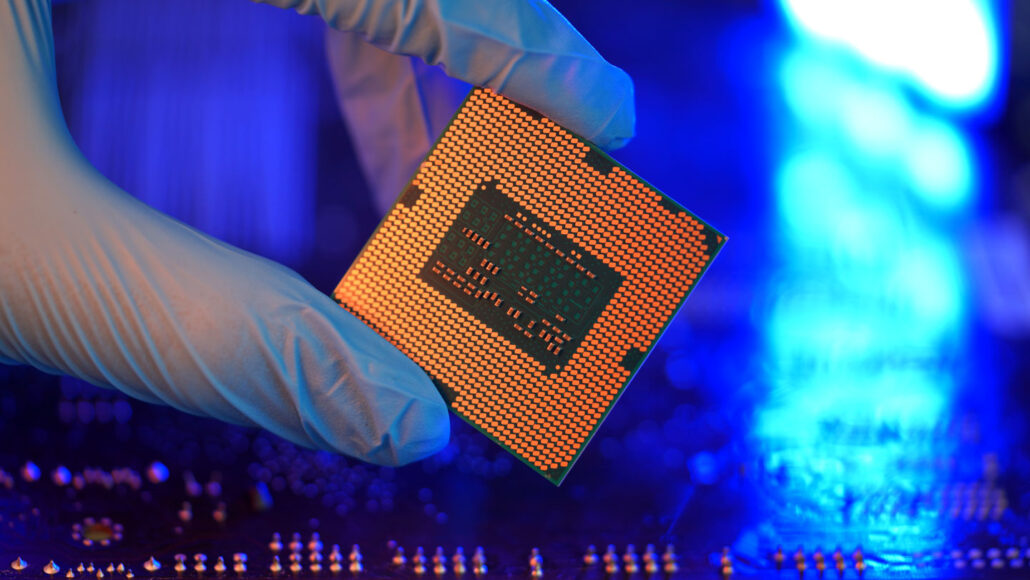
Materials Science
Scientists Say: Semiconductor
Modern electronics, from cell phones to video games, work thanks to these conductor-insulator hybrids.
Come explore with us!

Modern electronics, from cell phones to video games, work thanks to these conductor-insulator hybrids.

Weekly updates to help you use Science News Explores in the learning environment
Thank you for signing up!
There was a problem signing you up.

If trees could act as natural antennas, one physicist proposes that they just might pick up signals of hard-to-spot ultra-high energy neutrinos.
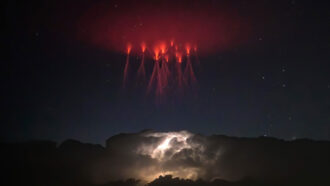
Fleeting glows collectively known as “transient luminous events” flash in the skies above powerful lightning storms.

Blueberries actually have dark red pigments — no blue ones — in their skin. Tiny structures in the fruits’ waxy coat are what make them seem blue.

Researchers are trying to figure out the recipe of atmospheric conditions that creates this aurora-like light show.
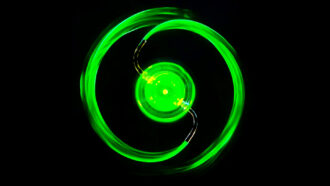
Experiments with a floating sprinkler revealed the surprisingly complex physics behind a simple question.
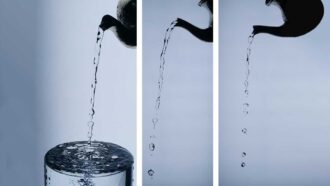
The loudness of falling water depends on the height of the pour and the thickness of the stream.
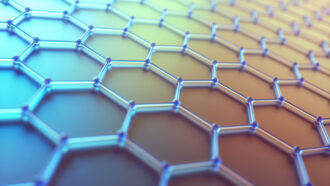
Two-dimensional materials such as graphene could improve electronics, carbon capture and more.

About 10 percent of the fruit in a tilted market display can be removed before it will crash down, computer models show.
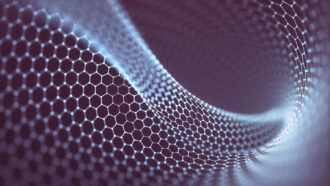
Scientists have been trying to understand and harness this material’s superpowers since its discovery in 2004.